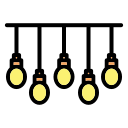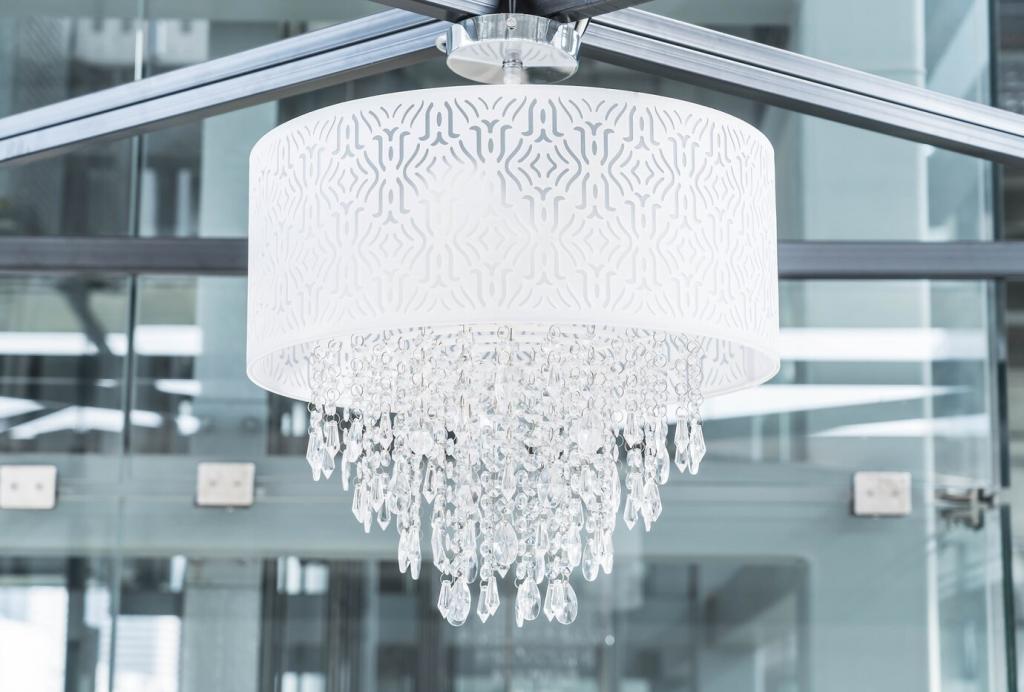
Advanced Lighting Systems: Integrating Technology in Modern Homes
Advanced lighting systems are revolutionizing how people experience their living spaces. By incorporating cutting-edge technology, homeowners can now enjoy personalized, energy-efficient, and intuitive lighting solutions. These systems do more than just illuminate rooms—they enhance mood, improve security, and contribute to overall home automation. This page explores the key aspects of integrating advanced lighting technology into modern homes, highlighting the features, benefits, and considerations involved in creating an intelligent lighting environment.
Smart Lighting Technologies
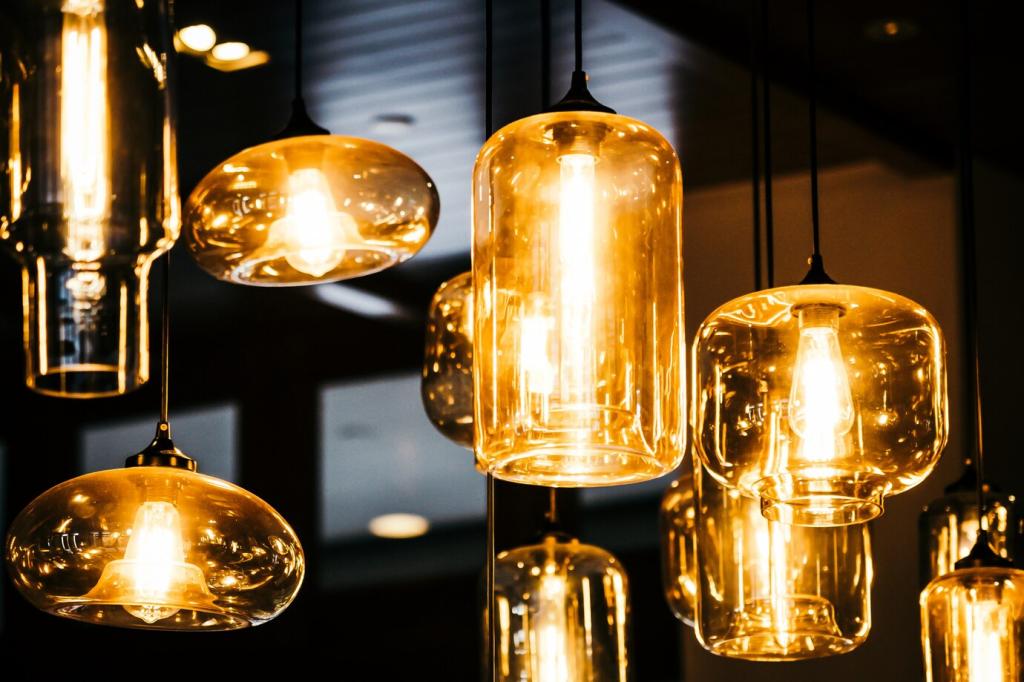
Wireless Control Integration
Wireless control has become foundational in modern lighting systems, allowing users to manage illumination remotely via smartphones or voice assistants. This integration means that adjusting brightness, color temperature, or even scheduling lighting scenes can be done with ease, without the need for manual switches. Not only does this make daily life more convenient, but it also empowers users to tailor their lighting environments to different activities or times of day. As wireless technologies continue to improve, homeowners can expect even greater flexibility, responsiveness, and compatibility with other connected devices in the near future.

Adaptive Lighting Solutions
Adaptive lighting automatically adjusts in response to environmental cues or occupant behaviors, providing lighting that not only illuminates but also responds dynamically. Whether it’s gradually increasing brightness in the morning or dimming the lights in the evening for relaxation, adaptive systems make use of sensors and predictive algorithms to optimize light levels. This seamless adaptation helps to enhance comfort and supports natural circadian rhythms, positively impacting overall well-being. By embracing automation and machine learning, adaptive lighting can anticipate user needs and create an almost invisible layer of responsive comfort throughout the home.
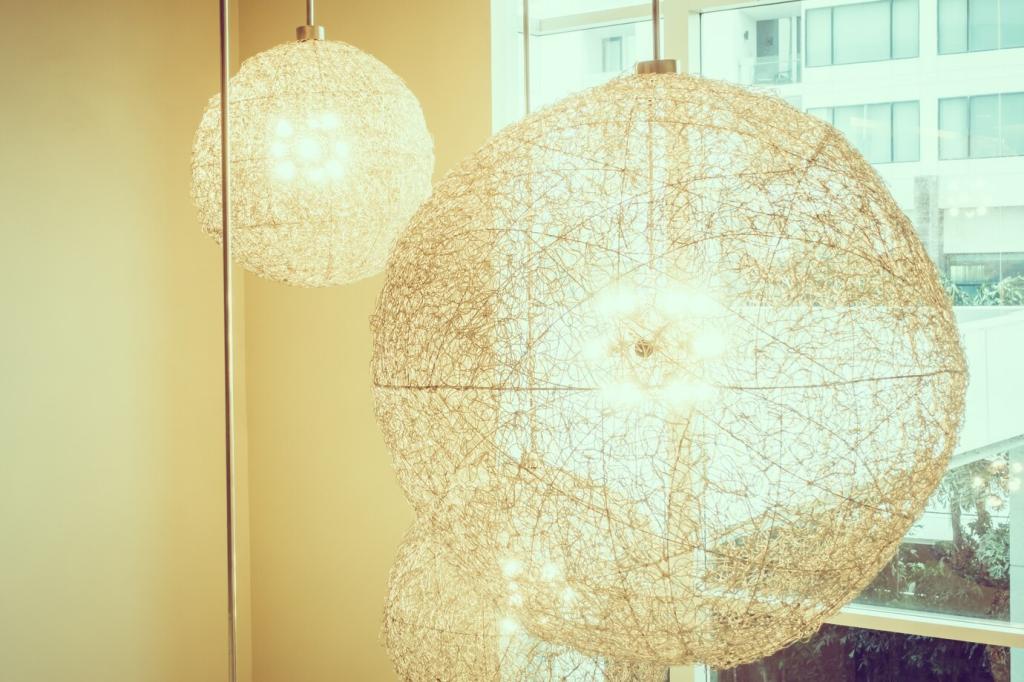
Voice and Gesture Controls
The integration of voice and gesture controls in lighting systems represents a leap toward intuitive home interaction. Voice-activated assistants, such as those developed by leading technology companies, let users control lighting simply by speaking commands. Gesture recognition technology adds a further layer of convenience, allowing quick adjustments with a simple movement. These advancements eliminate the need for traditional switches or complicated programming, making smart lighting more accessible to all members of the household, including children and those with mobility limitations.
Energy Efficiency and Sustainability
LED Technology Advancements
LEDs are at the core of energy-efficient lighting. Modern LED solutions offer significantly reduced energy consumption compared to traditional incandescent or fluorescent lights, while delivering superior brightness and longevity. Continuous advancements in LED technology have resulted in greater color rendering, diverse form factors, and the ability to integrate with smart controls. By using LEDs in conjunction with intelligent lighting systems, homeowners can achieve dramatic reductions in both energy costs and environmental impact, supporting a greener and more sustainable lifestyle.
Automated Schedules and Sensors
Automated schedules and occupancy sensors refine energy usage by ensuring lighting is only active when needed. Through programmable routines and real-time detection, these systems can automatically turn lights off in unoccupied rooms or adjust brightness according to the time of day. Such automation not only saves energy but also extends the lifespan of lighting components, reducing the frequency of replacements. This thoughtful approach to lighting management underscores the contribution of smart systems to a home’s overall resource conservation.
Monitoring and Energy Reporting
Advanced lighting systems often include monitoring features that track energy usage and generate detailed reports. This transparency empowers homeowners to understand where and how energy is being consumed, recognizing opportunities for further optimization. Access to real-time data not only encourages responsible use but also supports long-term sustainability goals. Over time, the insights gained from monitoring can inform adjustments that lead to even greater efficiency and environmental stewardship.

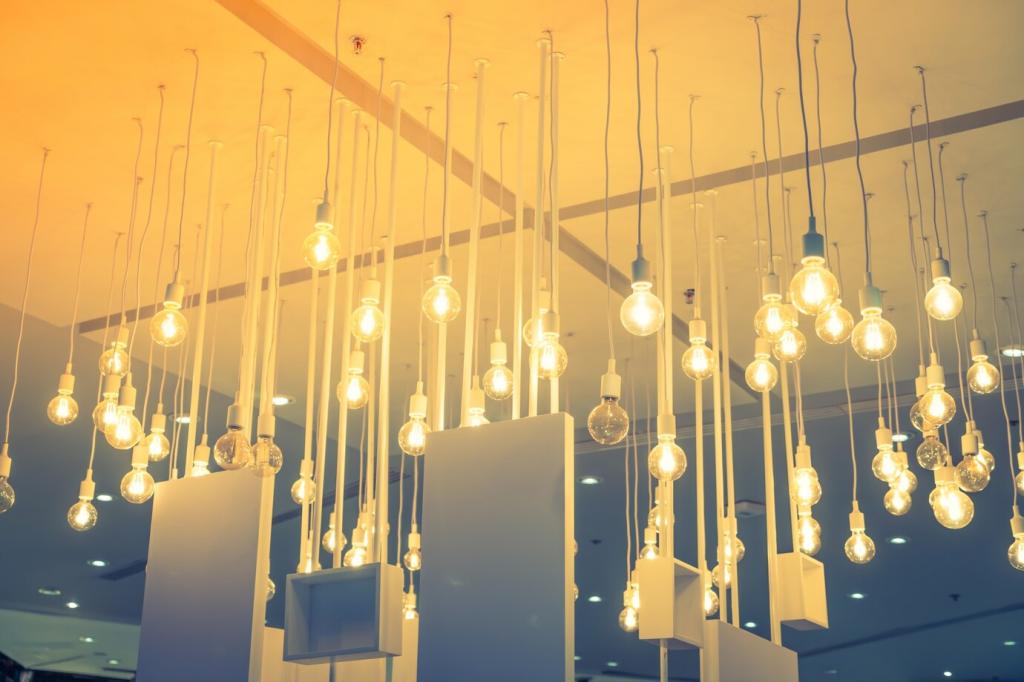
Circadian Rhythm Support
Modern lighting systems are increasingly designed to support human circadian rhythms. By adjusting light color and intensity throughout the day, these systems can mimic the progression of natural sunlight, which has been shown to influence sleep quality and overall health. Morning light can be bright and cool to energize occupants, while evening lighting can shift to warm, dim tones that promote relaxation and prepare the body for rest. This alignment with natural cycles helps homeowners achieve improved alertness, mood, and well-being.

Mood and Scene Customization
With intelligent lighting, creating the perfect ambience for any occasion becomes effortless. Scene customization features allow users to preset and recall lighting configurations that match different activities, from romantic dinners to movie nights or focused work sessions. The ability to adjust brightness, hue, and color temperature not only enhances visual comfort but also influences emotional states and social interactions. By enabling rapid transitions between preset scenes, advanced lighting systems turn everyday living spaces into dynamic environments that reflect and support the occupants’ lifestyles.

Reduced Eye Fatigue and Glare
Proper lighting is essential for foot traffic safety and visual comfort. Advanced systems often incorporate features that reduce glare and promote even illumination, which is especially important in areas requiring sustained focus, like home offices or reading nooks. Dimmable lights, ambient sensors, and tunable white technology help ensure that lighting remains pleasant and supportive, minimizing eye strain and fatigue. Thoughtfully positioned and adjustable lighting elements also contribute to an environment that is visually soothing and conducive to long-term comfort.
